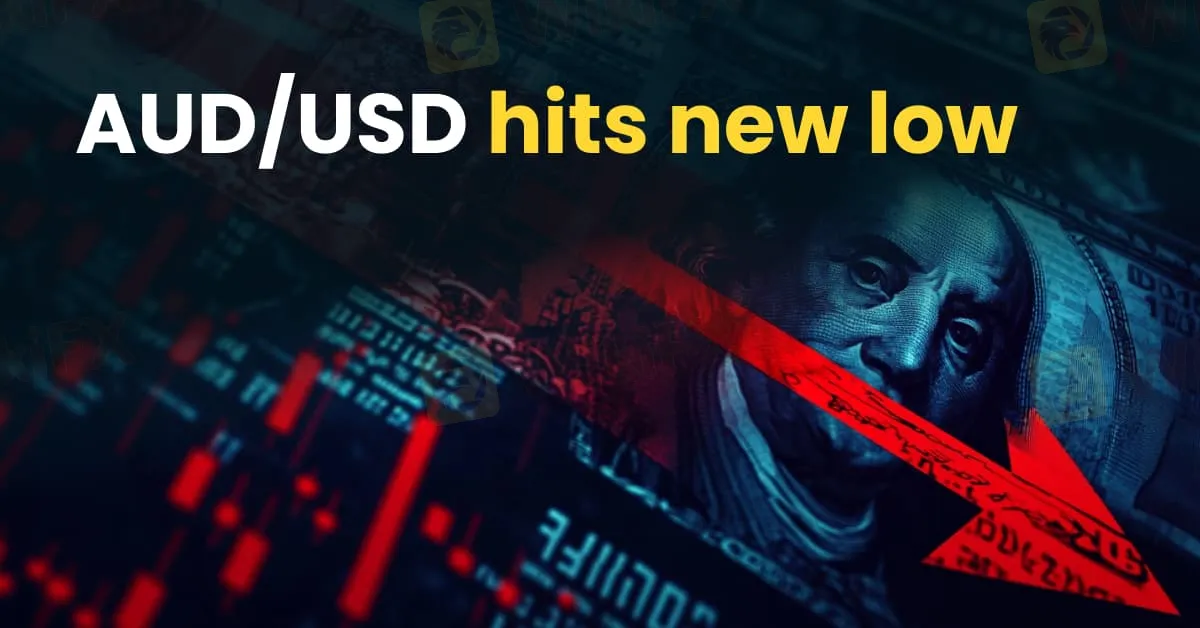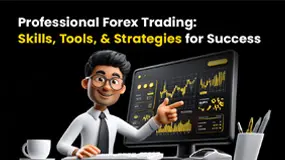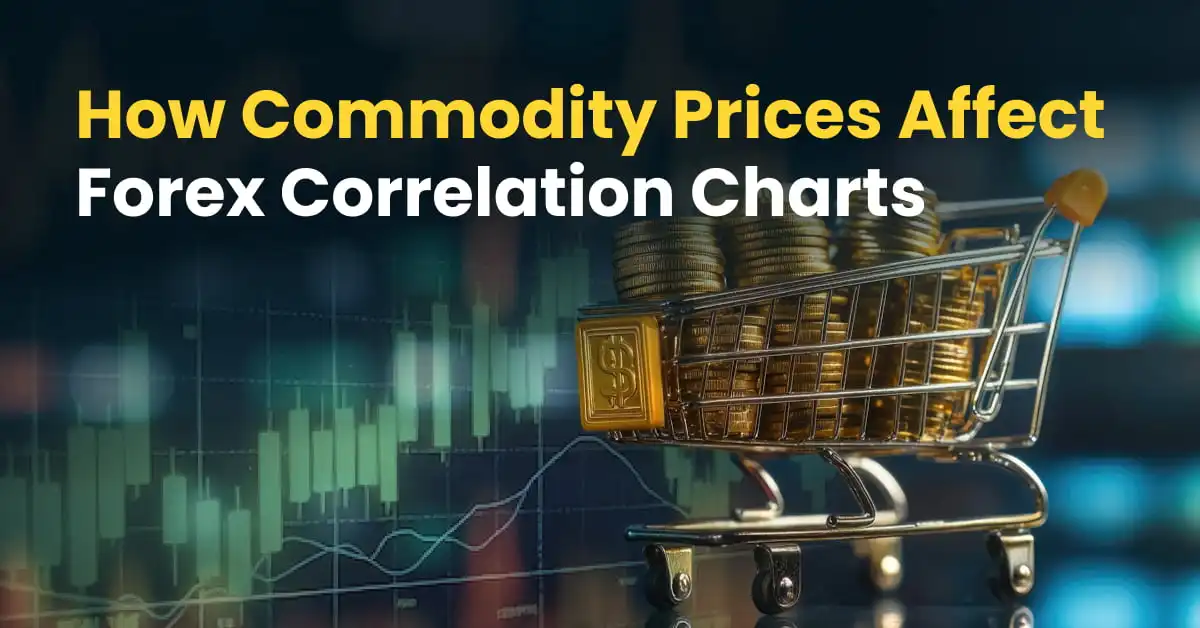简体中文
繁體中文
English
Pусский
日本語
ภาษาไทย
Tiếng Việt
Bahasa Indonesia
Español
हिन्दी
Filippiiniläinen
Français
Deutsch
Português
Türkçe
한국어
العربية
AUD/USD Hits New Lows as Panic Selling Unfolds Amid Robust U.S. Jobs Report
Abstract:The Australian dollar tumbled to a fresh multi-year low of 0.5932 against the U.S. dollar, breaking through several key technical support levels and triggering widespread panic selling in the currency markets. The sharp decline comes at a time when mixed signals from economic data and monetary policy expectations are creating a volatile environment for traders and investors alike.

The Australian dollar tumbled to a fresh multi-year low of 0.5932 against the U.S. dollar, breaking through several key technical support levels and triggering widespread panic selling in the currency markets. The sharp decline comes at a time when mixed signals from economic data and monetary policy expectations are creating a volatile environment for traders and investors alike.
Technical Breakdown Sparks Market Sell-Off
The AUD/USD pairs plunge below 0.5932 marks the lowest level in recent years, as the Australian dollar succumbed to selling pressure on multiple fronts. Technical analysts noted that the pair breached several important support levels, prompting a cascade of stop-loss orders and panic selling. Market participants reacted swiftly, with many traders rushing to exit positions as risk aversion took hold. The breakdown has further exacerbated concerns that the underlying momentum could force the currency lower if investor sentiment fails to stabilize.
Strong U.S. Jobs Data Raises Mixed Signals
Adding to the complex economic landscape, the latest U.S. Labor Department data revealed that nonfarm payrolls surged by 228,000 in March—significantly outperforming Februarys revised gain of 117,000. This robust job creation suggests that the U.S. labor market remains strong despite ongoing global economic uncertainties. However, the report also showed that the unemployment rate ticked up slightly to 4.2% from 4.1%, surpassing market expectations and hinting at potential headwinds for the U.S. economy.
Fed Rate-Cut Expectations Remain Intact
Despite the encouraging employment numbers, market sentiment appears to be focused on the prospect of further monetary easing. Investors have already priced in a total of 100 basis points of Fed rate cuts over the course of the year, and some analysts do not rule out the possibility of an additional (fifth) rate cut. The expectation of lower borrowing costs is seen as a counterbalance to the strong jobs data, reinforcing the belief that accommodative monetary policy will prevail in the coming months.
Implications for Investors
For investors, the confluence of a sharply weakening Australian dollar and strong U.S. labor market data creates a paradox. On one hand, the robust U.S. jobs report supports the economic fundamentals of the dollar, while on the other, a deteriorating AUD/USD technical picture suggests that risk-off sentiment remains prevalent in global currency markets.
A weaker Australian dollar could benefit export-oriented Australian companies by making their goods more competitive overseas. Conversely, for Australian consumers and businesses that rely on imported products, the lower exchange rate could lead to higher costs and increased inflationary pressures. Moreover, if the Fed continues its course of rate cuts amid persistent economic uncertainty, further depreciation of risk-sensitive currencies like the Aussie might be on the horizon.
Looking Ahead
Analysts advise that traders and investors closely monitor upcoming economic indicators, including inflation readings and central bank commentary, to gauge the trajectory of both the U.S. economy and the AUD/USD pair. With technical weaknesses now clearly evident and monetary policy expectations still leaning toward further easing, market volatility is likely to persist in the near term.
In summary, while the U.S. labor markets resilience provides a positive backdrop for the dollar, the pronounced technical breakdown in the AUD/USD pair underscores the challenges facing the Australian currency. Investors are left balancing between the strong fundamentals of the U.S. economy and the caution warranted by a risk-off environment in global currency markets.

Disclaimer:
The views in this article only represent the author's personal views, and do not constitute investment advice on this platform. This platform does not guarantee the accuracy, completeness and timeliness of the information in the article, and will not be liable for any loss caused by the use of or reliance on the information in the article.
Read more

Professional Forex Trading: Skills, Tools, & Strategies for Success
In the vast and fast-paced world of financial trading, the foreign exchange (forex) market reigns as the largest and most liquid market globally. Trillions of dollars are traded daily, as currencies fluctuate due to economic indicators, geopolitical events, and market sentiment. But what exactly defines a professional forex trader? What skills, strategies, and tools are essential for success in the highly competitive currency market? In this article , we’ll explore everything you need to know.

How Commodity Prices Affect Forex Correlation Charts
Traders often notice that movements in certain commodity prices, such as gold, oil, and agricultural products, can influence the value of related currencies. This relationship is reflected in forex correlation charts, which measure how currency pairs move about one another over time. Understanding these connections can give traders an edge in making more informed trading decisions.

Is TradeEU Reliable in 2025?
TradeEU is a Cyprus-based CFD broker that launched around 2021 and offers more than 250 instruments across forex, stocks, indices, commodities, and crypto. The Article is about to give a comprehensive review of this broker.

A Guide to Backtesting Forex Trading Strategies
As one of the most liquid and widely traded markets globally, the forex market offers traders immense earning opportunities. However, currency trading can present risks too because you may trade leveraged positions, potentially resulting in significant losses should things go wrong. Backtesting forex trading strategies before investing in a strategy is crucial. Should you fail to test it, you may end up risking time and capital on a strategy that doesn’t hold an edge. In this article, we will discuss backtesting a forex trading strategy. Read on!
WikiFX Broker
Latest News
Charles Schwab Forex Review 2025: What Traders Should Know
How 3 Simple Steps Cost a Businessman INR 4 Crore in a Forex Scam
PrimeXBT Expands FSCA Licence and Enhances Crypto Services in 2025
Quotex Broker Review 2025: Is It a High-Risk Broker?
Is CBCX a Safe and Trustworthy Broker for Traders?
TopFX Launches Synthetic Indices Trading on cTrader Platform
Is TradeEU Reliable in 2025?
How Commodity Prices Affect Forex Correlation Charts
What WikiFX Found When It Looked Into XS
The Global Inflation Outlook
Currency Calculator


